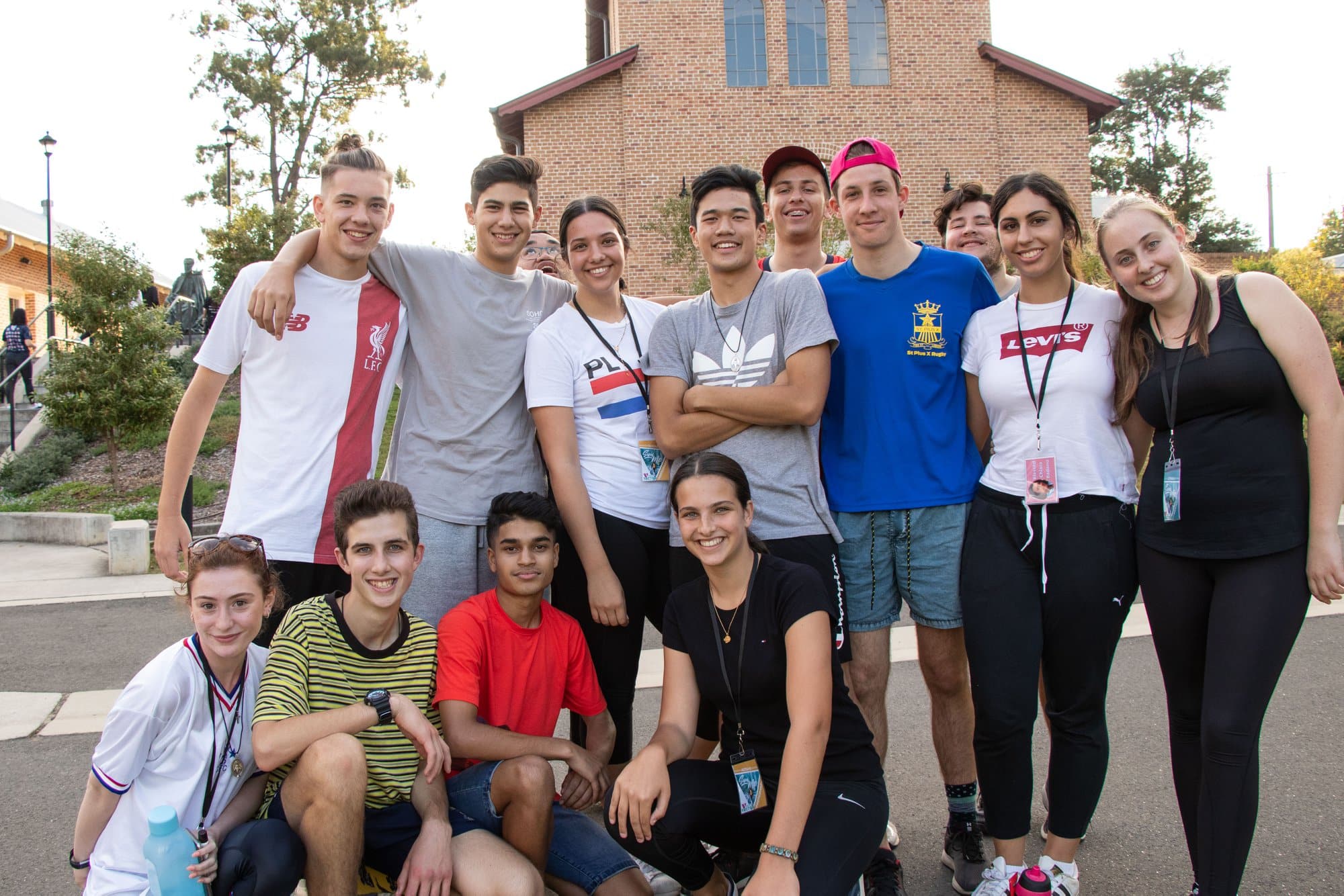
Have you ever heard of “survivorship bias?” It’s when, for example, health researchers focus on what killed people, while forgetting to talk to the people who didn’t die.
If we focus too much on casualties, we miss out on learning why and how people survive.
In Australia in the last 30 years, we have spent quite a lot of time and money writing reports about lapsed Catholics and youth. We always find the same thing.
Youth flee in their teens. Adults mainly lapse because they don’t believe some or all of what the church teaches, and they have better things to do with their Sundays.
Other concerns such as clergy sexual abuse, bad preaching and lack of parish niceness always come much further down the list.
But we don’t talk to the survivors—the Catholics who keep coming to Mass. We also forget to ask converts why they convert, and we don’t have much other data on them either.
Stephen Bullivant and I are still unpacking the raw data from our Catholics in Australia survey of late last year.
We’ve already noticed a “generation gap” in the Australian sample where the older middle-aged Catholics are the least likely to go to Sunday Mass, and the younger ones more likely.
I’d like to tell you more about the younger and more vigorous Catholics in my sample: those aged 18 to 40. There’s 761 of them—slightly more men than women, but not by much.
They’re evenly spread across Australia by state and diocese, in a pattern you’d expect. They’re mostly urban dwellers, clumped around capital cities and larger regional cities.

They are mostly Australian born, with a sprinkling of those from many other parts of the world. Just three of them identified as Aboriginal or Torres Strait Islander.
Over half are single, and just under half are married (mostly to other Catholics). Just four per cent are cohabiting, only two per cent identify as same-sex partnered, and less than one per cent are divorced.
Barely half of them attended Catholic primary and secondary schools. In fact, around a third attended only non-Catholic schools. But they’re very well educated. Over 60 per cent have completed at least one tertiary degree.
Three-quarters are white collar workers. Just under half have a household income of $88,000 or more.
A respectable 16 per cent of these younger Catholics are also converts, most of whom converted in their teens or twenties.
A third are buying their own home, a third are renting, and a third are living with family or relatives.
Three-quarters of the straight married couples have an average of at least three children. And a whopping 82 per cent of this entire group of younger Catholics attend Mass at least every Sunday.
Two-thirds attend the Novus Ordo, and the other third who attend the traditional Latin Mass were twice as likely to be male than female. The rest attend Mass in other languages or rites.
Have you ever met these people? I have. They’re exactly like the fellow Catholics I interact with every day, to chat and pray and socialise.
If you came from another planet armed only with the Australian church’s reports, you would have a very negative idea of young Australian Catholics.
This also means that you’d make very different decisions about the future of the church.
This large group of young, stable, observant, educated Australian Catholics is invisible. They don’t exist in the discussion papers, roundtables, committees, and sundry other sources of church policy in Australia.
This is partly because they’re busy being gainfully employed, raising children, and being the future of the church. They don’t have time to attend long talkfests or write long submissions.
This also means that the youth ministry types who tend to be given a platform and end up employed in some dioceses may not always represent the authentic beating heart of young Catholic Australia at all.
We have focused too long on young Catholics who have decided of their own free will to leave the church. This is survivorship bias.
We have also focused too long on the scattering of young Catholics who seem to resemble the decision-making (but less believing) middle-aged tranche most closely. This is selection bias.
But we haven’t talked to the survivors. Why are these young Catholics still here? What’s the attraction?
